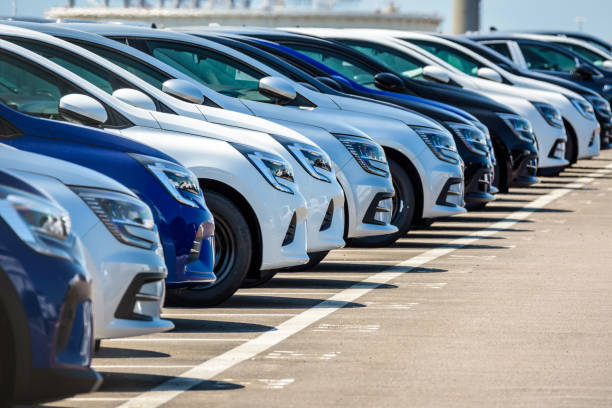By Byron Omondi (byronomondi623@gmail.com)
There has never been a better time to import cars than the past few months. With the dollar hitting new lows against the shilling, global prices have been more than enticing. Other than having the chance to single out what you are in the market for and the opportunity to save a significant sum of money compared to buying locally available cars, importing a car instills an emotional connection with your new acquisition weeks & even months before you finally get to see it.
So how exactly does Direct Importation work?
1.) IDENTIFY A VEHICLE:
Depending on the use & reason for purchase, you’d have to determine the car that meets your needs. For example, if you are importing from Japan & you have identified a car on a website, it’s always advisable to have a look at multiple websites & find out which one offers the best pricing for the unit. Always remember that these websites only provide a platform where foreign dealers can list their stock. In addition, always make sure- with research that the website you choose to make the purchase from has a good delivery track record & genuine. If you cannot make this call, involve your trusted local car dealership to make the purchase at an agreed commission rate. Quotations should be issued with 3 payment categories, the Cost & Freight charges to Mombasa, Duty & Registration estimates & clearing charges. Whether importing through a local or foreign company, always compare quotations & find out how much you can save!
2.) PAYMENT & SHIPPING:
Once you’ve settled on a unit, importation documentation is done. An importation agreement & invoice with the relevant account details should be issued to you. Do not make any payments to personal accounts. The importation agreement should entail critical information like the car’s chassis number details, color, engine code & timelines that are to be expected in between the purchase & delivery timelines. If you choose to import through your local dealer, always involve a legal service expert who can help you scrutinize every bit of the paperwork & assist in fixing loopholes that might be used against you if your money finances someone’s dream trip to Mumbai.
Payment is done in two installments, the first payment is the Cost and Freight cost (C and F), and as the buyer, insist on being listed as the Consignee of the vehicle. This means that the car will be shipped with your credentials & you’ll also be the first owner once the logbook is out. Payment of C and F ensures that the vehicle is shipped from the country of origin. Shipping commences once the CIF cost has been paid & the average timelines sit between 45-60 Days depending on the vehicle’s location/country of origin. The normal timeline for Japan & The UK is approximately 45 days & about 70 Days for cars halfway across the earth in Australia.
You’ll need copies of the export certificate, Foreign Inspection certificates from reputable bodies like Quality Inspection Services Japan(QISJ) & the Bill of Lading stating the ship & your consignment’s details as proof of purchase & shipping. The export certificate should come out first within the first two weeks of purchase followed by the Inspection certificate & Bill of Lading once the ship leaves the country of origin.
3.) CLEARING & DELIVERY:
Once the vehicle arrives in Mombasa, the Importer should provide proof of arrival by sharing images/videos with key details like the chassis number to the buyer. Upon confirmation of arrival, the clearing agent will generate an entry form using your KRA PIN details and the good tax collectors (KRA) will send you an email confirming the due tax charges.
This will only happen if all the shipping documentation has your name & address details as the Consignee. Upon confirmation, the buyer then makes the second payment which covers Duty, Port charges, and final delivery to a preferred location. This could be in Oyugis, Kitale or even Samburu. Always make sure the contracted logistics partner has a decent reputation, is fully insured & won’t abandon your car by the roadside in Makindu if you don’t show up on time to collect it.
The logbook will normally come out after about 14 days if the NTSA systems are up & running throughout this entire period, all printers are properly oiled & no national blackouts strike the country. If the car was shipped with your details, no transfer of ownership will be needed.
In conclusion, if you’re looking to save a good sum of money when purchasing a car & you also need to be sure of the condition, Direct Importation is the answer!
Byron is a Car Importation Guru

